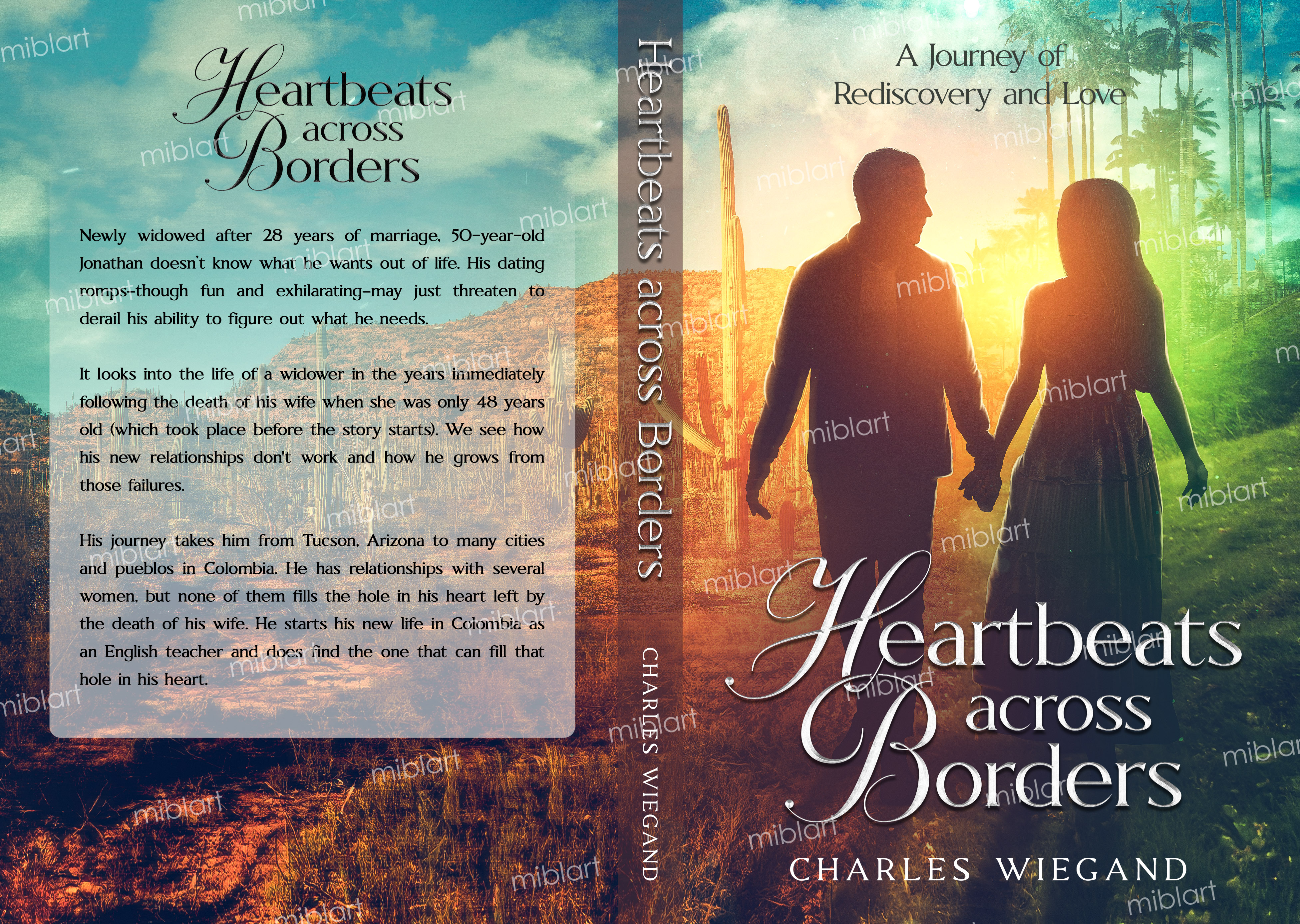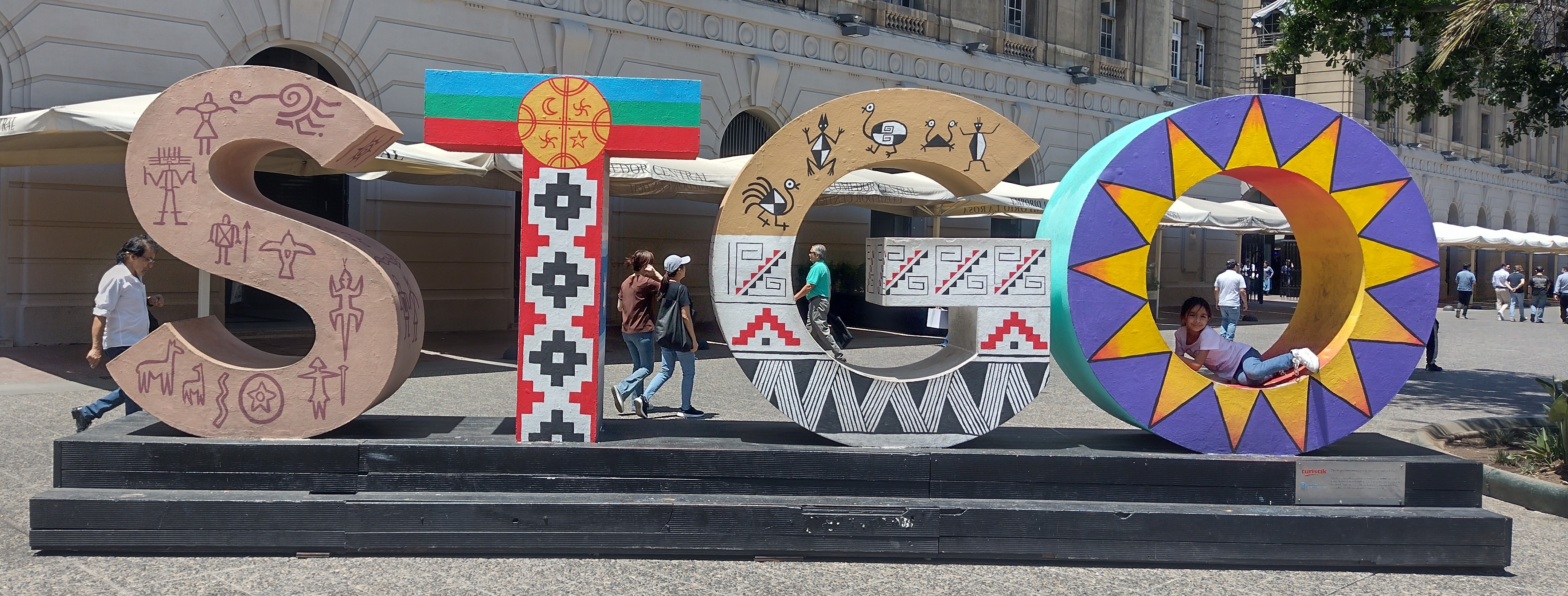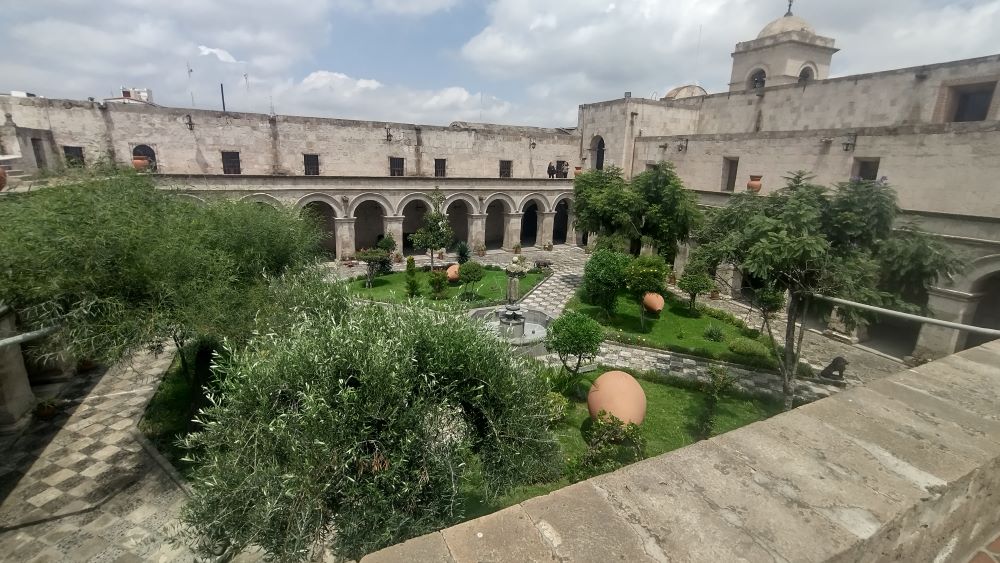

My book "Heartbeats Across Borders" is available now on Amazon.com! Be sure to get your copy! And sign up for my mailing list.

A Collection of Short Stories

Two hearts, two countries, one love

Nov. 16, 2024
My visit to Santiago de Chile, Chile, got off on a sour note. Why? Because of Booking.com, or possibly more because of the manager/owner of an apartment I rented on Booking.com. Either way, neither of them responded to my support requests. On Booking I got a reservation confirmation, all good, great, I had an apartment for the price of a hotel room. But, the manager/owner never contacted me with the requisite info for obtaining the key(s). I contacted Booking support and they responded with the expected cut-n-paste auto-reply "We'll contact you within 24 hours". Sure they will, I thought. And guess what? They sent me the same auto-reply 24 hours later, by then the apartment reservation time was long gone and I spent the night in a hotel anyway.

July 2, 2024
Those of you who followed me on my backpacking journey of South America will know there were some cities/towns that I wrote about which I liked and some I wrote that I didn't like. In reviewing my journey I thought about listing those towns I specifically wrote that I liked for everyone to see and read about. The towns I decided I liked covered a variety of areas, sizes, climates, and in several of the countries that I visited.

June 24, 2024
I arrived in Arequipa, Perú on April 23, 2024, and moved into an apartment on May 3. Today is June 24, so I have now been in Arequipa for 2 months and this is how I'm feeling—uncertain about staying for long. Yes, I signed a one-year contract for the apartment, but I'm finding it difficult to acclimate to this area. The problem? The altitude and the climate, both. The altitude here at my apartment is 2446 meters, which is 8026 feet. That's high, and all of my life prior to Arequipa I've always lived below 1000 meters, actually the prior high elevation was 960 meters (3150 feet), and that was only about a year-and-a-half. Tucson, AZ, where I lived for about 7 years is at 728 meters (2389 feet), and prior to there I was in the Seattle area, near sea level. So, with all that said, my body is not acclimating to the high altitude of Arequipa even at 2 months.

June 17, 2024
I left Roldanillo, Colombia on October 30, 2022. I traveled to Ecuador, Peru, Chile, Argentina, Paraguay, Uruguay, and a few border towns in Brazil. I did this trip not as a vacation, but as a journey to find a town to be my new hometown. Being that this journey was to find a new hometown and that one purpose only, I did not visit many tourist locations. I concentrated on what the towns offered: their cleanliness, friendliness, beauty, and walkability.

May 13, 2024
My writing journey is only beginning. It all started in 2018, eight years after Cheryl, my wife of 28 years, was taken from me by a massive stroke. The years that followed her death were like hiking across a desert in the heat of summer with only a canteen of water. I spent much of the first year in the solitude of the Sonoran Desert, where the silence was both a comfort and a stark reminder of the void her death left behind.